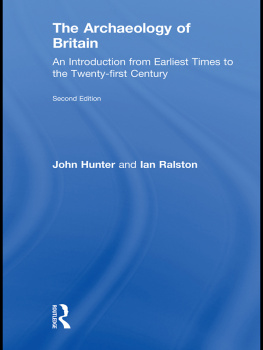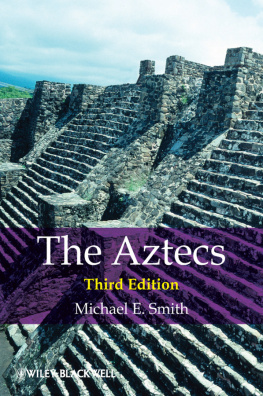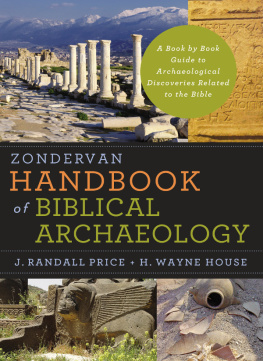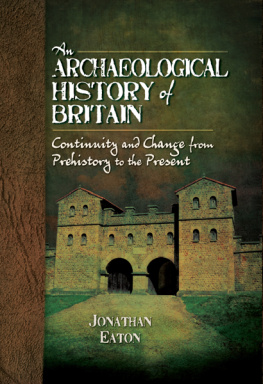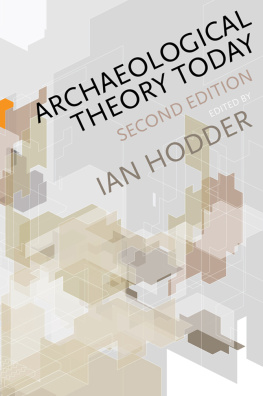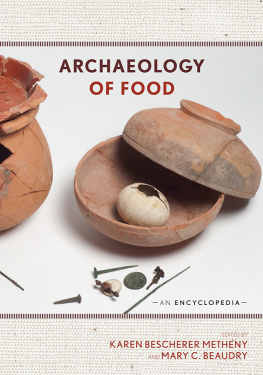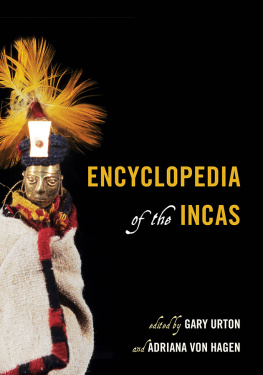ARCHAEOLOGY OF ANCIENT MEXICO AND CENTRAL AMERICA
Archaeology of Ancient Mexico and Central America an Encyclopedia
Susan Toby Evans
David L. Webster
Editors
This volume is dedicated to its contributors for their inestimable work in reconstructing the ancient lifeways of Mexico and Central America.
First published in 2001 by Garland Publishing, Inc.
First published in paperback 2010 by Routledge
2 Park Square, Milton Park, Abingdon, Oxon OX14 4RN
Simultaneously published in the USA and Canada by Routledge
270 Madison Avenue, New York, NY 10016
Routledge is an imprint of the Taylor & Francis Group, an informa business
Printed and bound in Great Britain by the MPG Books Group
2001, 2010 Susan Toby Evans and David L. Webster
All rights reserved. No part of this book may be reprinted or reproduced or utilized in any form or by any electronic, mechanical, or other means, now known or hereafter invented, including photocopying and recording, or in any information storage or retrieval system, without written permission from the publishers.
Library of Congress Cataloging-in-Publication Data
Archaeology of ancient Mexico and Central America: an encyclopedia / Susan Toby Evans, David L. Webster, editors.
p.cm.
Includes bibliographical references and index.
ISBN 978-0-8153-0887-6 (alk. paper)
1. Indians of MexicoAntiquitiesEncyclopedias. 2. Indians of Central AmericaAntiquitiesEncyclopedias. 3. ArchaeologyMexicoEncyclopedias. 4. ArchaeologyCentral AmericaEncyclopedias. 5. MexicoAntiquities Encyclopedias. 6. Central AmericaAntiquitiesEncyclopedias. I. Evans, Susan Toby, 1945- II. Webster, David L., 1943
F1218.6 .A73 2000
972'01dc21
00-056155
ISBN 13: 978-0-8153-0887-6 (hbk)
ISBN 13: 978-0-415-87399-4 (pbk)
Contents
This volume includes more than 500 articles that together provide basic information about the ancient past of Middle America, that geographical area that includes the modern nations of Mexico, Guatemala, Belize, Honduras, El Salvador, Nicaragua, Costa Rica, and Panama. As an indigenous culture area, it was first inhabited well over 10,000 years ago, and by 4,000 years ago its peoples had begun to farm and live in villages. Complex societies emerged in the subsequent millennia in the region's core area, known as Mesoamerica. This culture history culminated in the Aztec empire, the last great indigenous Mesoamerican polity, which was absorbed by Spain in A.D. 1521. Indigenous cultural traits have survived strongly, and some Mesoamerican traits have spread throughout the world, but the subject of this book is, by and large, Mesoamerica before contact with European culture.
Selecting the topics for articles for the encyclopedia was a daunting task. Thousands of books and articles have been written about the cultures of ancient Mexico and Central America, but the goal of producing a single-volume encyclopedia on the subject, the first such encyclopedia in the English language, was made easier by my fine advisory panel: Elizabeth Hill Boone, Norman Hammond, Linda Manzanilla, Joyce Marcus, William Sanders, and George Stuart. Together we devised a topic list that combined balanced coverage with trends in scholarly and public interest. Many of the best-known archaeological sites, for example, are those of the Maya, and it would have been easy to devote much of the volume to them, but Mesoamerican culture encompasses many regions and time periods, and all have been covered herein.
Several scholars impressed upon me the importance of orthography, that is, providing the correct spelling of native words and place names. However, "orthography" is a very difficult thing to achieve because of how quickly orthographers change standards and the lack of consensus among them. A good example is the recent vogue in replacing "c"s in Maya words with "k"s, "ua"s with "w." Thus the site name traditionally spelled "Uaxactun" is now, in some sources, "Waxaktun." In others, it appears as "Waxactun." Because a good encyclopedia can only function properly if readers can find the subject, this volume emphasizes more traditional spellings. After all, the writing systems of the ancient Mesoamericans were not alphabetical, so any transliteration into alphabet is an arbitrary decision on the part of the recorder, as, to some extent, is the decision to include accents.
In the course of producing this encyclopedia, I have had the enormous good fortune to find hundreds of scholars who enthusiastically shared their hard-won knowledge. Because this has been a cooperative project, I dedicate this volume to its authors: without their work in the field and archives, our understanding of the ancient past of Middle America would be dim indeed. Some scholars were particularly generous with their time. Fred Lange and Jeff Wilkerson, each concerned that somewhat neglected regions receive balanced coverage, provided much-needed information about the Intermediate Area and the Gulf Lowlands. Other scholars who provided particularly timely advice were John Clark, Michael Coe, David Grove, Steve Houston, Patricia Plunket Nagoda, Helen Perlstein Pollard, Karl Taube, and Eduardo Williams. Many thanks to Dorie Reents-Budet for guiding the choice of cover art.
At Garland Publishing, Richard Steins has ably guided this volume through its development from manuscript to published book, and it has been my good fortune to benefit from his editorial expertise and great sense of humor. Sylvia Miller, Garland's Publishing Director for Reference, has provided essential help in insuring a high quality production. Other editors at Garland have been generous with help: thanks to Alexis Skinner, Joanne Daniels, Marianne Lown, and Kennie Lyman. Our copyeditor, Jane McGary, caught and dispatched innumerable problems, and we appreciate the efforts of Lara Stelmaszyk, for troubleshooting the master proofs, and Cynthia Crippen, our indexer.
This project was facilitated by support from the Pennsylvania State University, and especially by the backing of Dean Snow, head of the Department of Anthropology. Penn State's Paterno-Pattee Library has been an important resource, as was the Pre-Columbian Studies library at Dumbarton Oaks. Special thanks to Jeffrey Quilter, director of Pre-Columbian Studies, and Bridget Gazzo, librarian. Important help was provided by Penn State students who drafted preliminary mapsAmy Kovak, Erin Falconer, David Reed, and Will Hemler.
Finally, a project that takes years to complete is grim, indeed, without the interest (and hospitality) of dear friends and family. I wish especially to thank Leena Scholten, Jon Toby and Cheryl Cross, and Mike Davis for their lively curiosity about this project.
Susan Toby Evans
Pine Grove Mills, Pennsylvania
In 1492 Christopher Columbus set sail from Europe, seeking a route to China and Japan, the great civilizations of eastern Asia. He expected to encounter densely settled agricultural landscapes, populous cities, great kings and lords, skilled artisans, and wealthy merchantsin short, societies similar to those of Europe. The islands of the West Indies, which Columbus and later explorers first found and colonized, were certainly populated, but they displayed little of this hoped-for wealth and complexity. For twenty years the Spanish occupied themselves in the Caribbean and Panama, unaware that a few days' sail to the west and north there in fact existed a great civilization in the mainland region that we today call Mesoamerica. It is this pre-Columbian civilization, along with cultures extending to the U.S. Southwest in the north and to northern Ecuador in the south, that we explore in this encyclopedia.



